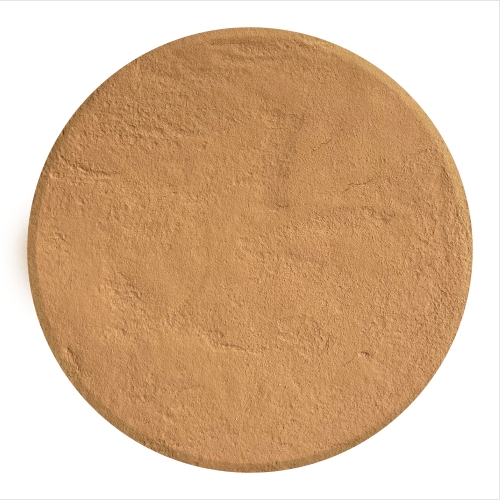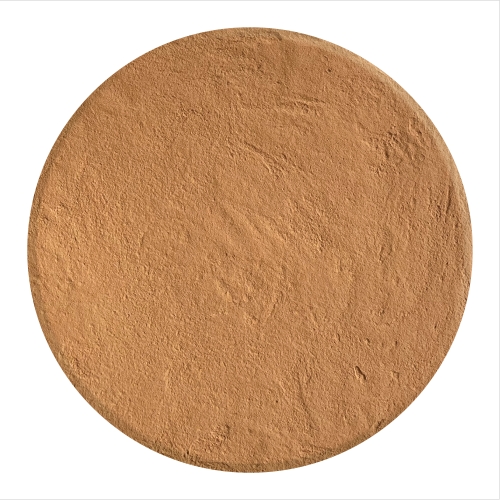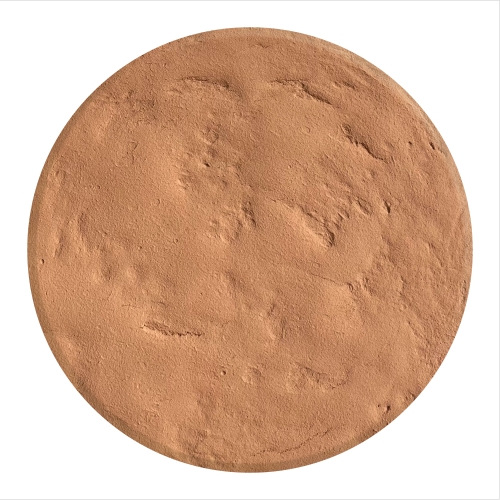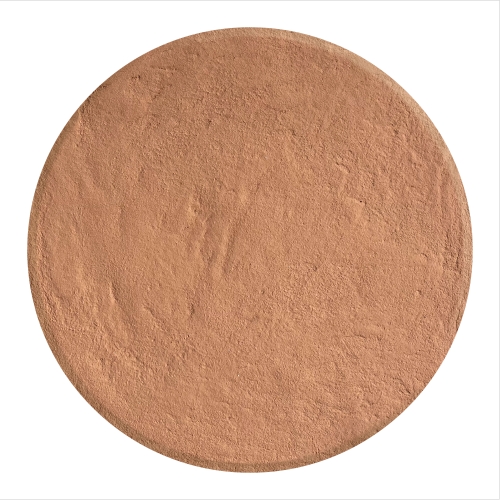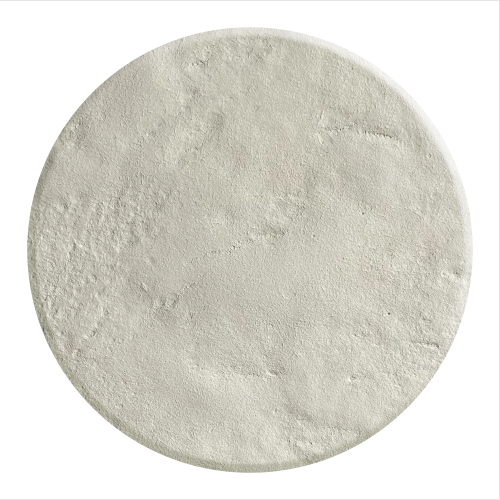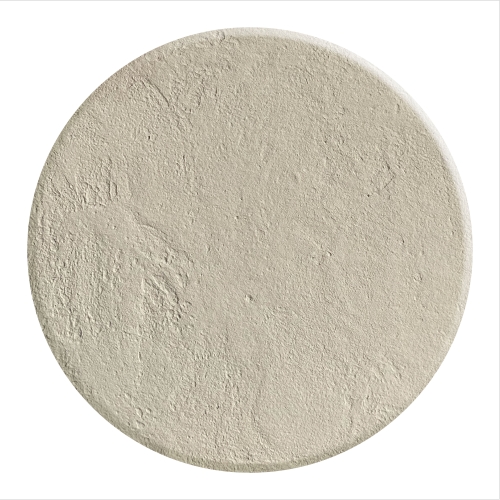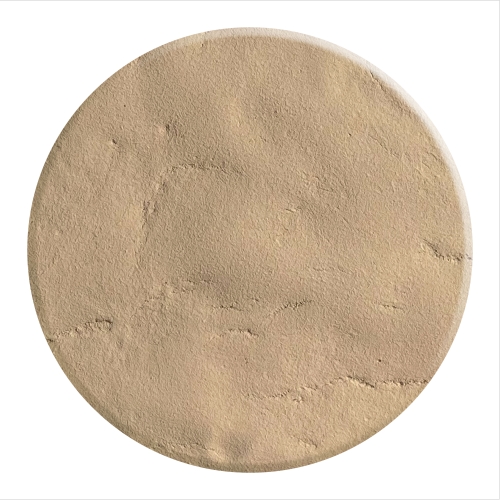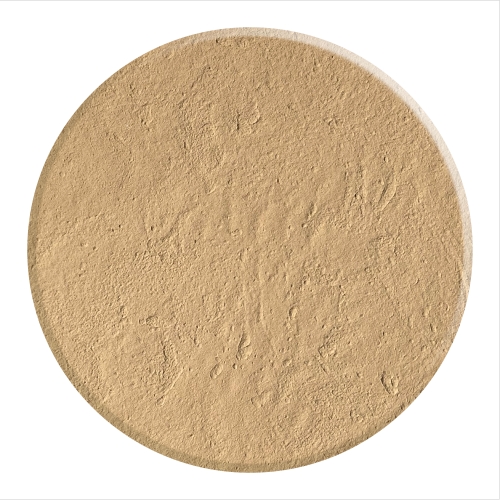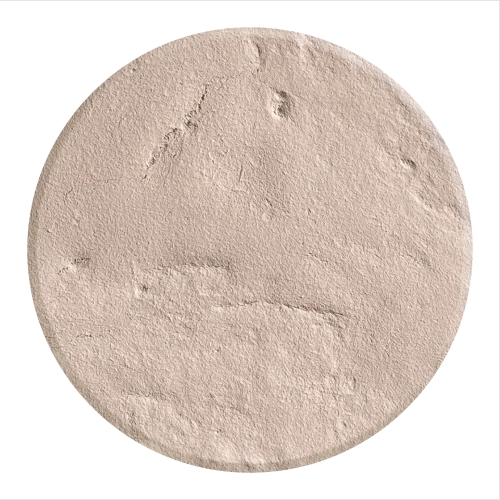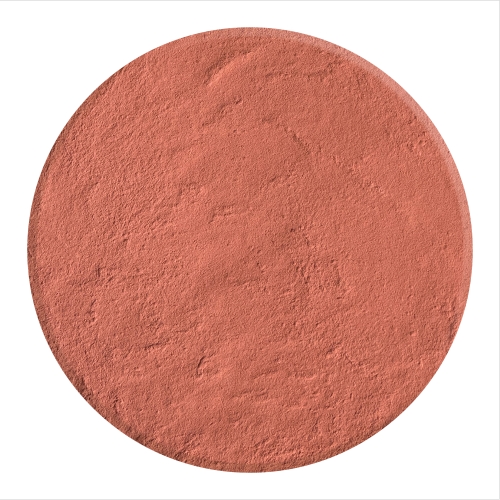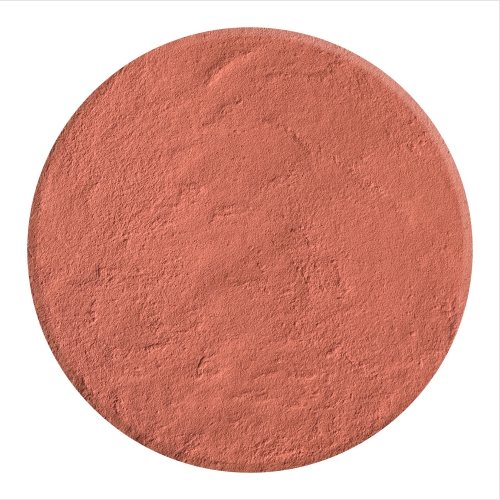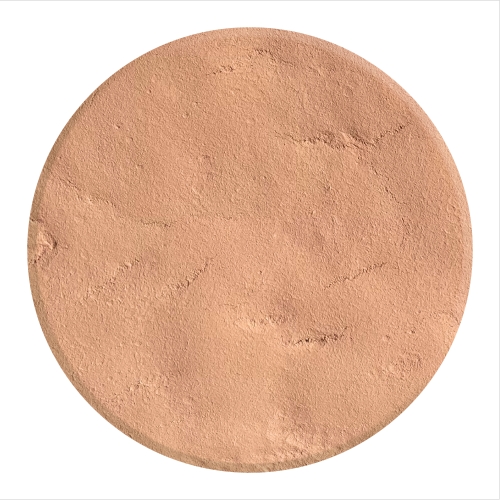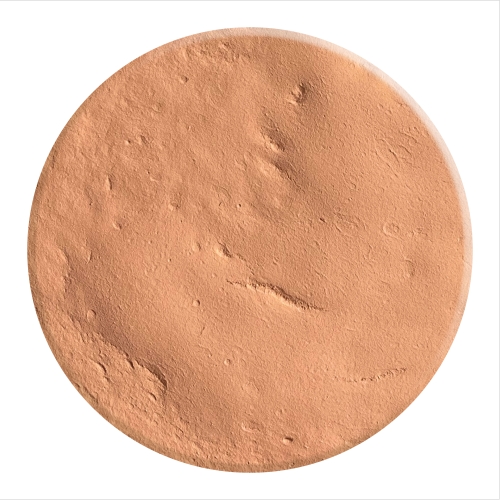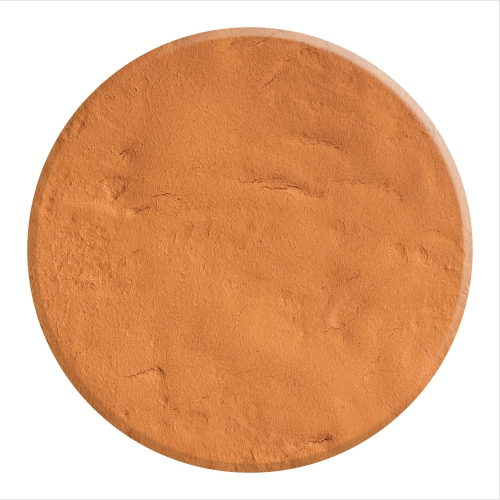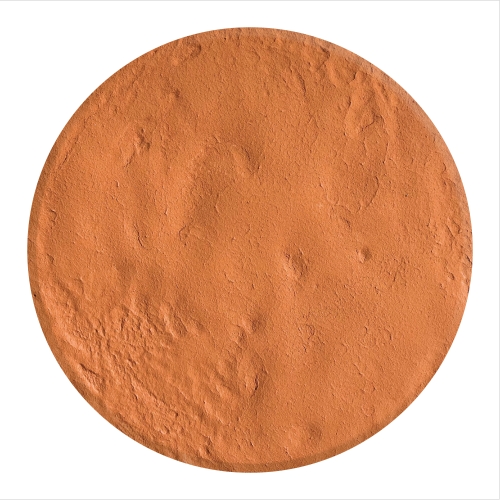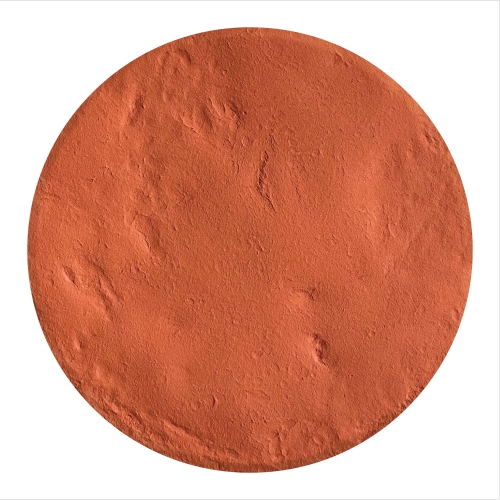ECO
son hoa van,sơn giả bê tông,sơn bê tông,sơn tường giả bê tông,son tuong gia be tong,son gia be tong,sơn gỉ sắt,sơn gỉ sét,son gi sat,son gi set,son ri set,sơn hiệu ứng bê tông,sơn tường bê tông
ECO
20 items
I. dinaco Eco Clay Talks?
dinaco Eco Clay surpasses conventional boundaries, highlighting enduring beauty, durability, and color retention. Unlike typical gray scales and neutral tones, dinaco Eco Clay boldly challenges design norms by making a resounding statement: The allure of the dinaco Eco Clay color palette resembles a symphony revered by Heaven and Earth. The warm red tones evoke ancient landscapes, narrating a captivating story of iron oxide. Gentle brown hues arise from the organic embrace of the material, recounting a tale of life intertwined with the earth. Deep yellow reflects the profound mineral richness, unveiling hidden secrets beneath the surface. Delicate pink accents reminiscent of nature's grace depict a complex dance between time and growth. Overall, these colors form a captivating palette, stimulating imagination and conveying profound appreciation for the woven artistry of clay.
1. Kaolin
Inspired by the luxurious kaolin clay of Brazil, Kaolin's color leans towards elegant white-gray and beige. The interaction of gray tones in Kaolin clay, depending on the specific source and mineral content, provides varied shades, enriching its color palette. Kaolin clay's inherent qualities make it exceptionally versatile, finding widespread applications across different industries. Its gray color spectrum ranges from subtle shades to distinct tones, contributing to the inherent diversity of this natural clay. Revered for its gentle and neutral hues, especially pure white, Kaolin clay is a preferred choice in various applications. Notably, variants inspired by Brazil's rich kaolin can introduce earthy yellow tones, adding complexity to the color palette.
2. Ticao
Ticao reflects the vibrant clay colors of the Philippines. The innate color diversity of Ticao clay, shaped by minerals, especially iron oxide, creates a captivating array from vivid terracotta to deep red. Lighter shades signify lower iron content, while darker red hues indicate higher iron concentration.
3. Rhassoul
Rhassoul encapsulates the clay symphony of Morocco, known as Moroccan red clay or Ghassoul clay. Rhassoul clay stands out with its natural earthy tones, including red, brown, and pink. From the Atlas Mountains in Morocco, Rhassoul clay boasts a rich color spectrum due to diverse mineral content in the region. It exhibits a range of captivating earthy tones, blending with the intrinsic mineral composition of the clay. Basic colors intertwine with Rhassoul clay, spanning various shades of red, creating a distinct and earth-like charm.
4. Bat Trang
"The essence of Vietnam" – portraying the myriad hues of Bat Trang clay from Vietnam. Thecolorful patterns on Bat Trang clay reflect the deep artistic heritage of the region. Earthy tones dominate, showcasing a diverse color palette from light brownish-yellow to darker shades, intricately expressed by Bat Trang clay. These colors not only demonstrate the perfectcraftsmanship of Bat Trang artisans but also reflect the cultural tapestry and historical narrative of ceramic art in Vietnam. The diverse brown tones, from the subtlety of light shades to the richness of darker hues, contribute to the overall palette and essence of Bat Trang clay.
II. dinaco Eco Clay: Why It Dominates in 2024 ?
dinaco Eco Clay is considered high-quality, trendy, aesthetically pleasing, sustainable, and predicted to dominate in 2024 because:
Inspiring Color Palette
1. Sustainable Beauty: The color palette challenges design conventions, emphasizing sustainable beauty beyond typical limits. Warm red tones, gentle brown, deep yellow, and delicate pink accents showcase excellent color retention, contributing to eternal allure.
2. Trending Color Palette: Colors inspired by clay are predicted to be prominent in future interior and architectural designs, reflecting a broader shift towards sustainable aesthetics and nature-inspired design.
3. Connection with Nature: Earthy clay colors evoke a sense of nature, fostering environmental connections and contributing to the trend of sustainable and nature-inspired aesthetics in 2024.
4. Cozy and Attractive Atmosphere: The warm atmosphere created by these tones aligns with the focus on making homes more sacred, enhancing the overall comfort of living spaces.
5. Timeless Beauty: Earth and clay tones possess timeless quality, suitable for designs that provide lasting aesthetic appeal and adaptability over the years.
6. Flexibility: The versatility of earth tones allows easy blending with various styles and materials, providing flexibility in creating diverse and personalized interior spaces.
7. Influence of Biophilic Design: As biophilic design becomes increasingly popular, colors inspired by nature play a crucial role.
New Trending Materials
1. Durability: Designed for longevity, dinaco Eco Clay offers a long-lasting and flexible solution for interior spaces.
2. Sustainable Aesthetics: Aligned with sustainable design trends, materials inspired by nature prioritize health and environmental well-being.
3. Trending Material: dinaco Eco Clay becomes popular in interior design and is expected to be a material trend in 2024, with natural and sustainable properties, along with unique textures like raw, Tadelakt, Rammed Earth.
4. Texture and Depth: dinaco Eco Clay adds unique texture, enhancing depth in interior spaces, reflecting the trend of using tactile elements to create dynamic and appealing walls.
5. Natural Aesthetics: dinaco Eco Clay contributes to creating a warm and inviting aesthetic, suitable for transforming homes into comfortable retreats.
6. Health Benefits: Known for regulating indoor humidity and absorbing pollutants, dinaco Eco Clay contributes to improving indoor air quality.
7. Cultural and Artistic Expression: dinaco Eco Clay, with its rich history, often linked to traditional arts and crafts, adds cultural and artistic expression, enriching the cultural identity of modern spaces in 2024.
dinaco Eco Clay surpasses conventional boundaries, highlighting enduring beauty, durability, and color retention. Unlike typical gray scales and neutral tones, dinaco Eco Clay boldly challenges design norms by making a resounding statement: The allure of the dinaco Eco Clay color palette resembles a symphony revered by Heaven and Earth. The warm red tones evoke ancient landscapes, narrating a captivating story of iron oxide. Gentle brown hues arise from the organic embrace of the material, recounting a tale of life intertwined with the earth. Deep yellow reflects the profound mineral richness, unveiling hidden secrets beneath the surface. Delicate pink accents reminiscent of nature's grace depict a complex dance between time and growth. Overall, these colors form a captivating palette, stimulating imagination and conveying profound appreciation for the woven artistry of clay.
1. Kaolin
Inspired by the luxurious kaolin clay of Brazil, Kaolin's color leans towards elegant white-gray and beige. The interaction of gray tones in Kaolin clay, depending on the specific source and mineral content, provides varied shades, enriching its color palette. Kaolin clay's inherent qualities make it exceptionally versatile, finding widespread applications across different industries. Its gray color spectrum ranges from subtle shades to distinct tones, contributing to the inherent diversity of this natural clay. Revered for its gentle and neutral hues, especially pure white, Kaolin clay is a preferred choice in various applications. Notably, variants inspired by Brazil's rich kaolin can introduce earthy yellow tones, adding complexity to the color palette.
2. Ticao
Ticao reflects the vibrant clay colors of the Philippines. The innate color diversity of Ticao clay, shaped by minerals, especially iron oxide, creates a captivating array from vivid terracotta to deep red. Lighter shades signify lower iron content, while darker red hues indicate higher iron concentration.
3. Rhassoul
Rhassoul encapsulates the clay symphony of Morocco, known as Moroccan red clay or Ghassoul clay. Rhassoul clay stands out with its natural earthy tones, including red, brown, and pink. From the Atlas Mountains in Morocco, Rhassoul clay boasts a rich color spectrum due to diverse mineral content in the region. It exhibits a range of captivating earthy tones, blending with the intrinsic mineral composition of the clay. Basic colors intertwine with Rhassoul clay, spanning various shades of red, creating a distinct and earth-like charm.
4. Bat Trang
"The essence of Vietnam" – portraying the myriad hues of Bat Trang clay from Vietnam. Thecolorful patterns on Bat Trang clay reflect the deep artistic heritage of the region. Earthy tones dominate, showcasing a diverse color palette from light brownish-yellow to darker shades, intricately expressed by Bat Trang clay. These colors not only demonstrate the perfectcraftsmanship of Bat Trang artisans but also reflect the cultural tapestry and historical narrative of ceramic art in Vietnam. The diverse brown tones, from the subtlety of light shades to the richness of darker hues, contribute to the overall palette and essence of Bat Trang clay.
II. dinaco Eco Clay: Why It Dominates in 2024 ?
dinaco Eco Clay is considered high-quality, trendy, aesthetically pleasing, sustainable, and predicted to dominate in 2024 because:
Inspiring Color Palette
1. Sustainable Beauty: The color palette challenges design conventions, emphasizing sustainable beauty beyond typical limits. Warm red tones, gentle brown, deep yellow, and delicate pink accents showcase excellent color retention, contributing to eternal allure.
2. Trending Color Palette: Colors inspired by clay are predicted to be prominent in future interior and architectural designs, reflecting a broader shift towards sustainable aesthetics and nature-inspired design.
3. Connection with Nature: Earthy clay colors evoke a sense of nature, fostering environmental connections and contributing to the trend of sustainable and nature-inspired aesthetics in 2024.
4. Cozy and Attractive Atmosphere: The warm atmosphere created by these tones aligns with the focus on making homes more sacred, enhancing the overall comfort of living spaces.
5. Timeless Beauty: Earth and clay tones possess timeless quality, suitable for designs that provide lasting aesthetic appeal and adaptability over the years.
6. Flexibility: The versatility of earth tones allows easy blending with various styles and materials, providing flexibility in creating diverse and personalized interior spaces.
7. Influence of Biophilic Design: As biophilic design becomes increasingly popular, colors inspired by nature play a crucial role.
New Trending Materials
1. Durability: Designed for longevity, dinaco Eco Clay offers a long-lasting and flexible solution for interior spaces.
2. Sustainable Aesthetics: Aligned with sustainable design trends, materials inspired by nature prioritize health and environmental well-being.
3. Trending Material: dinaco Eco Clay becomes popular in interior design and is expected to be a material trend in 2024, with natural and sustainable properties, along with unique textures like raw, Tadelakt, Rammed Earth.
4. Texture and Depth: dinaco Eco Clay adds unique texture, enhancing depth in interior spaces, reflecting the trend of using tactile elements to create dynamic and appealing walls.
5. Natural Aesthetics: dinaco Eco Clay contributes to creating a warm and inviting aesthetic, suitable for transforming homes into comfortable retreats.
6. Health Benefits: Known for regulating indoor humidity and absorbing pollutants, dinaco Eco Clay contributes to improving indoor air quality.
7. Cultural and Artistic Expression: dinaco Eco Clay, with its rich history, often linked to traditional arts and crafts, adds cultural and artistic expression, enriching the cultural identity of modern spaces in 2024.


